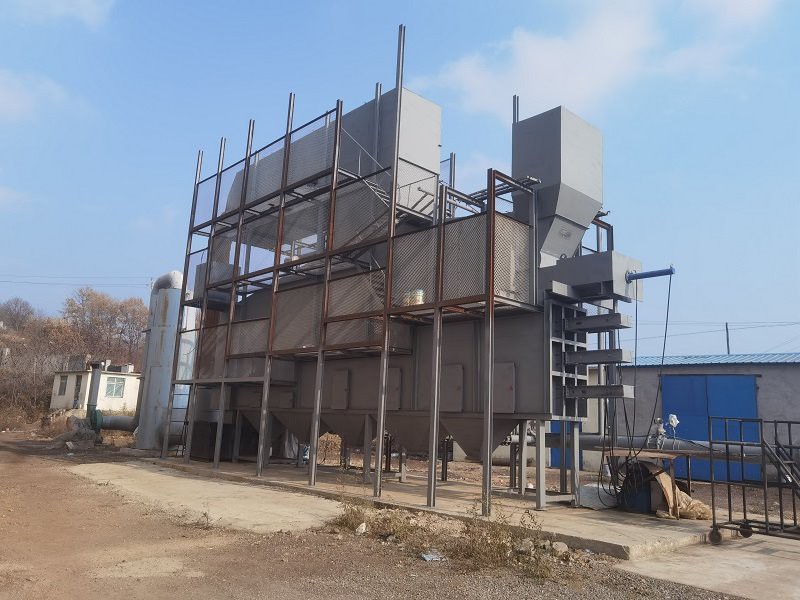Common garbage incinerators are divided into the following types, and I will introduce the working principle and characteristics of the furnace type

How it works:
The furnace body is composed of porous distribution plates, a large amount of quartz sand is added to the furnace, the quartz sand is heated to more than 600 °C, and hot air above 200 °C is blown into the bottom of the furnace to make the hot sand boil up, and then put into the garbage. The garbage boils along with the hot sand, and the garbage is quickly dried, caught on fire, and burned. The proportion of unburned garbage is lighter, continue to boil and burn, the proportion of burned garbage is larger, fall to the bottom of the furnace, after water cooling, use sorting equipment to send coarse slag and fine slag to the outside of the plant, a small amount of medium slag and quartz sand are sent back to the furnace through the lifting equipment to continue to use.
Peculiarity:
The fluidized bed combustion is sufficient, and the combustion control in the furnace is good, but the amount of dust in the flue gas is large, the operation is complex, the operating cost is high, the fuel particle size uniformity is required to be high, the quartz sand is seriously worn to the equipment, and the equipment maintenance is large.
2. Mechanical grate incinerator
How it works:
The garbage enters the inclined downward grate through the feed hopper (the grate is divided into a drying zone, a burning zone, and a burnout zone), and due to the staggered movement between the grates, the garbage is pushed downward, so that the garbage passes through each area on the grate in turn (when the garbage enters from one zone to another, it plays a large turning role) until it is burned out of the furnace. Combustion air enters from the lower part of the grate and mixes with the garbage; The hot flue gas is generated through the heating surface of the boiler, and the flue gas is cooled and discharged after being treated by the flue gas treatment unit.
Peculiarity:
The material requirements and processing accuracy of the grate are high, and the contact surface between the grate and the grate is required to be quite smooth, and the gap between the rows is quite small. In addition, the mechanical structure is complex, the damage rate is high, and the maintenance is large. The high cost and maintenance cost of grate furnace make it difficult to promote and apply in China.
3. Rotary incinerator
How it works:
Rotary incinerators are arranged along the furnace body with cooling water pipes or refractory materials, and the furnace body is placed horizontally and slightly inclined. Through the non-stop operation of the furnace body, the garbage in the furnace body is fully burned, and at the same time, it moves in the direction of the furnace body inclination until it is burned out and discharged from the furnace body.
Peculiarity:
The utilization rate of the equipment is high, the carbon content in the ash is low, the excess air volume is low, and the harmful gas emission is low. However, the combustion is not easy to control, and it is difficult to burn when the calorific value of the garbage is low.




